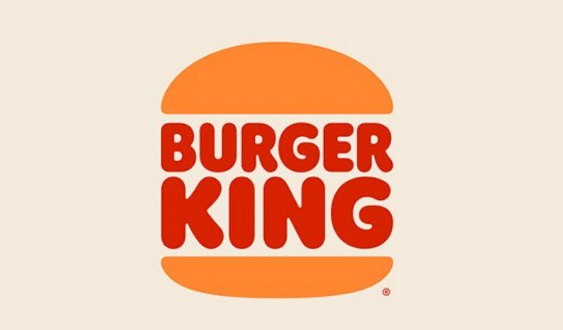Starting a fast food business in India is fun. People love quick, tasty food. Understand local preferences, create a unique menu, and get the needed paperwork. Find a busy location, use tech for orders, and train your team well. Promote on social media, listen to feedback, and keep improving. As you grow, think about opening more places. Enjoy your journey in the fast food world in India!

1. Market Research: Understanding the Indian Palate
Before you start a fast food business, find out what people like to eat in your area. Think about their favorite flavors and diets. Check what other food places are doing. See if there’s something they’re not offering. This helps you be different. Knowing these things helps plan your menu and business to make people happy. It gives you a good chance of doing well in the fast food world.
2. Concept Development: Defining Your Unique Selling Proposition (USP)
Come up with a cool idea that makes your fast food business different. It could be about traditional tastes, healthy choices, or mixing different flavors. Make sure people will be interested by having something special. Add local flavors to your menu for diverse tastes in India. This way, your business stands out and attracts specific customers. Tailoring your menu to different regions helps connect with many people and makes your fast food business more appealing.
3. Legal Formalities: Navigating Regulations
Navigate through the legal requirements for starting a fast food business in India. Register your business, obtain the necessary licenses, and comply with food safety standards. Ensure that your establishment adheres to zoning regulations and meets hygiene and sanitation guidelines to build trust with your customers.
4. Location: Choosing the Right Spot
Selecting the right location is a critical factor in the success of your fast food business. Consider high-traffic areas, proximity to offices or colleges, and the overall accessibility of the location. Additionally, evaluate the competition in the area to gauge the demand and potential saturation of similar offerings.
5. Menu Planning: Balancing Variety and Efficiency
Develop a well-curated menu that caters to a broad audience while ensuring operational efficiency. Offer a mix of popular and unique dishes, considering different preferences like vegetarian, non-vegetarian, and dietary restrictions. Streamline your menu to enhance speed of service without compromising on quality.
6. Suppliers and Ingredients: Establishing Reliable Partnerships
Build relationships with reliable suppliers to ensure a steady and fresh supply of ingredients. Negotiate favorable terms to maintain healthy profit margins. Consider sourcing locally when possible to support the community and provide your customers with the freshest produce.
7. Technology Integration: Streamlining Operations
Incorporate technology to streamline operations and enhance customer experience. Implement a robust point-of-sale system, online ordering platform, and delivery services to cater to the evolving demands of modern consumers. Embrace digital marketing strategies to create awareness and attract a larger customer base.
8. Staff Training: Prioritizing Customer Service
Invest in training your staff to deliver exceptional customer service. A friendly and efficient team contributes significantly to the overall customer experience, fostering loyalty and positive word-of-mouth. Emphasize hygiene practices and ensure that your staff is well-versed in handling food safely.
9. Marketing and Promotion: Creating Buzz
Create a buzz around your fast food business through strategic marketing and promotions. Utilize social media platforms to showcase your menu, engage with potential customers, and run targeted campaigns. Collaborate with influencers or local events to increase visibility and attract a wider audience.
10. Feedback Mechanism: Continuous Improvement
Establish a feedback mechanism to gather insights from customers. Use this information to continuously improve your offerings, service, and overall customer experience. Respond promptly to customer feedback, whether positive or negative, to demonstrate your commitment to delivering quality.
11. Scaling: Expanding Your Footprint
Once your fast food business gains traction, explore opportunities for expansion. Consider opening additional outlets in different locations, diversifying your menu, or exploring franchise options. Scaling requires careful planning to maintain consistency and uphold the brand image.
Conclusion: Savoring Success in the Fast Food Industry
To start a fast food business in India, be creative, plan well, and focus on quality. Understand what people like locally, make your concept unique, and use modern business methods. This helps you stand out in the busy fast food industry. Be flexible, hear what customers say, and enjoy building a successful business in India’s diverse and lively food scene.














